
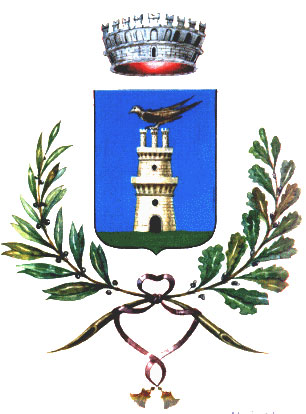
Rocca Priora is located on the highest peak of the Tusculan hills and is the highest and most isolated of the Castelli Romani in a picturesque location, almost forming a natural square. From the Belvedere you gaze on the wide valley where you can see the Monte Gennaro group of mountains above Tivoli, the Prenestini, the Sacco valley and the Lepine.
Rocca Priora is the ancient Corbium, of 500 BC, which stands as a sentinel on the Latin road and on which emperors and Roman legionaries have passed. The name Rocca Priora derives from the medieval "Perjura" where Rocca is a fortress.
The castle dates from the eleventh century and was started by the family of the Counts of Tusculum. In 1191 the castle passed under the control of the family Annibaldi and then to that of the Savelli which held it with ups and downs until 1596.
In 1597 the Apostolic Chamber provided that the estate be leased to the highest bidder, given the important natural resources that offered the fortress, such as trade of snow and timber.
In the eighteenth century, following the earthquake of 1703 and the severe winters, Rocca Priora went through a phase of decline and the Camera Apostolica concession helped those who wanted to live in these areas.
After the Napoleonic period, it returned to the facilities granted by the Camera Apostolica. In 1806 it was sold with its territory, partly to Lucien Bonaparte, and in part to the Rospigliosi family, who retained control until 1870, when it became a municipality.
Rocca Priora is the ancient Corbium, of 500 BC, which stands as a sentinel on the Latin road and on which emperors and Roman legionaries have passed. The name Rocca Priora derives from the medieval "Perjura" where Rocca is a fortress.
The castle dates from the eleventh century and was started by the family of the Counts of Tusculum. In 1191 the castle passed under the control of the family Annibaldi and then to that of the Savelli which held it with ups and downs until 1596.
In 1597 the Apostolic Chamber provided that the estate be leased to the highest bidder, given the important natural resources that offered the fortress, such as trade of snow and timber.
In the eighteenth century, following the earthquake of 1703 and the severe winters, Rocca Priora went through a phase of decline and the Camera Apostolica concession helped those who wanted to live in these areas.
After the Napoleonic period, it returned to the facilities granted by the Camera Apostolica. In 1806 it was sold with its territory, partly to Lucien Bonaparte, and in part to the Rospigliosi family, who retained control until 1870, when it became a municipality.



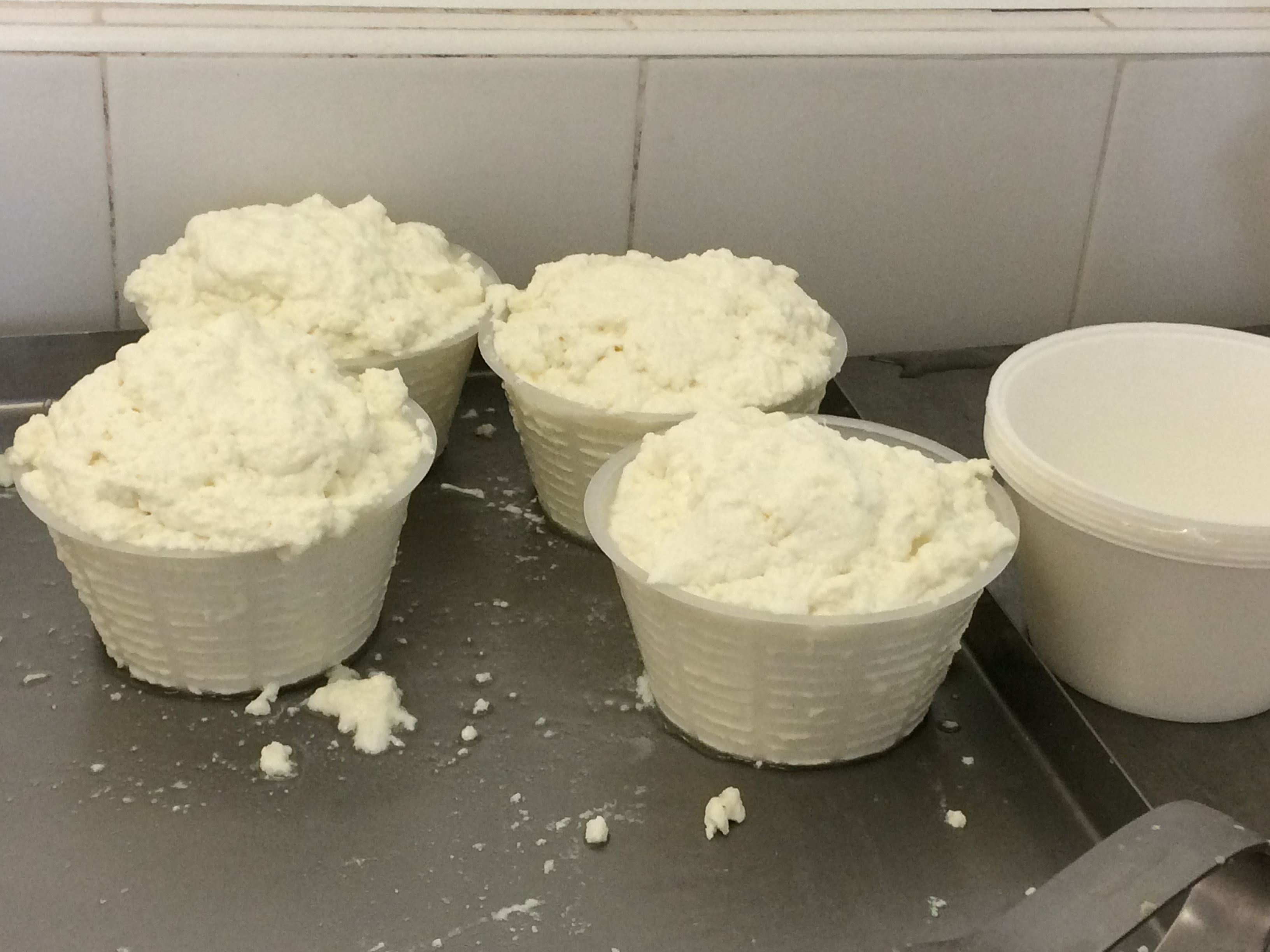
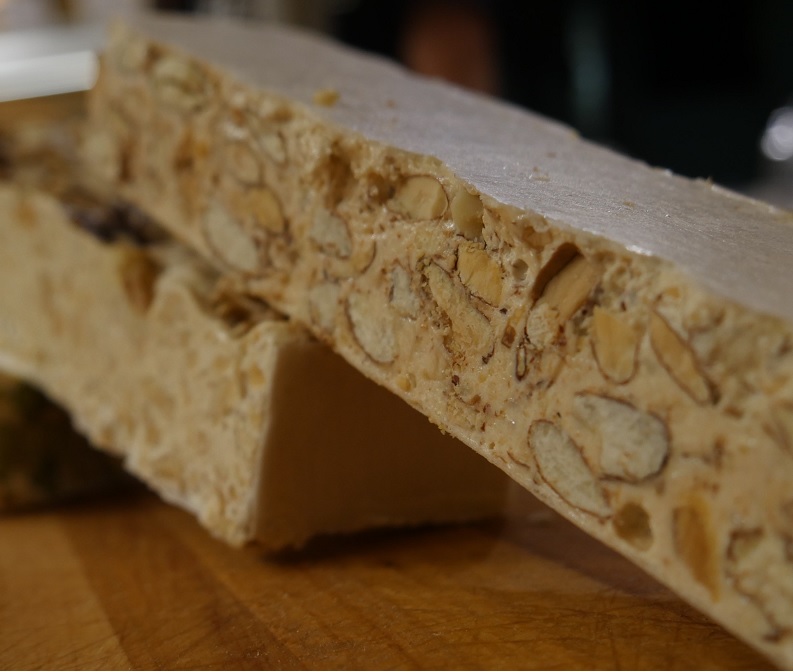


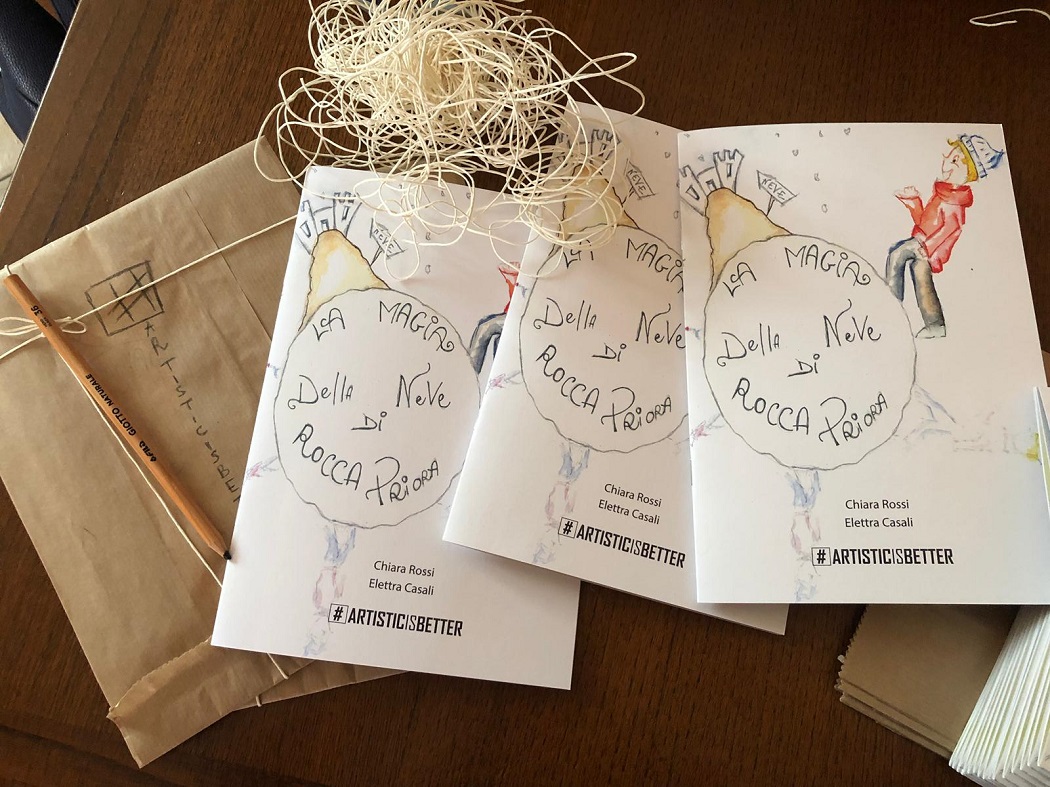

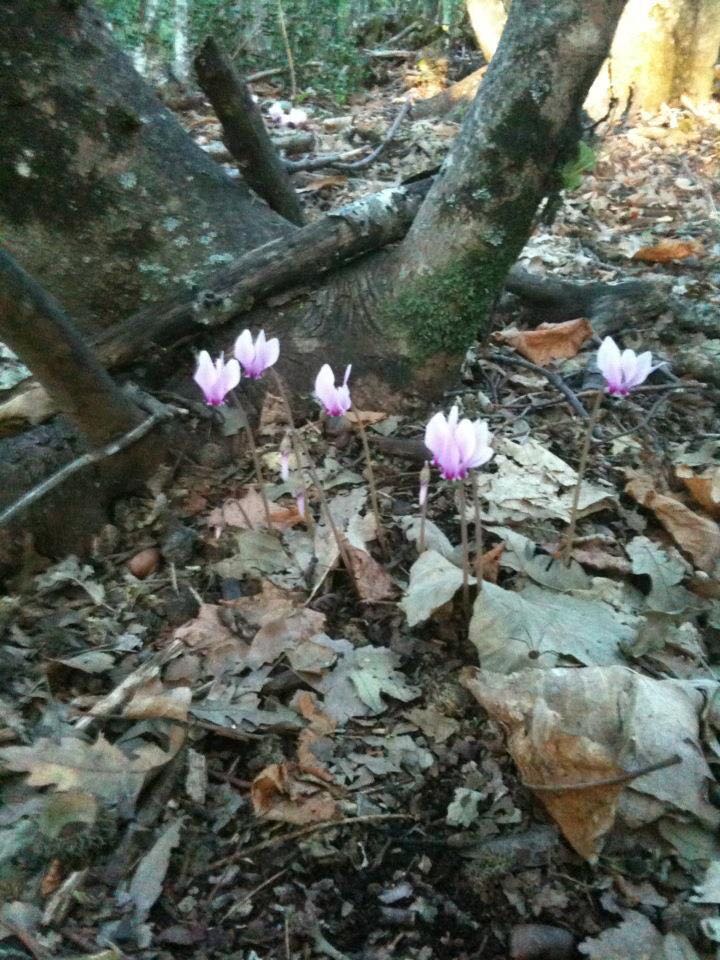


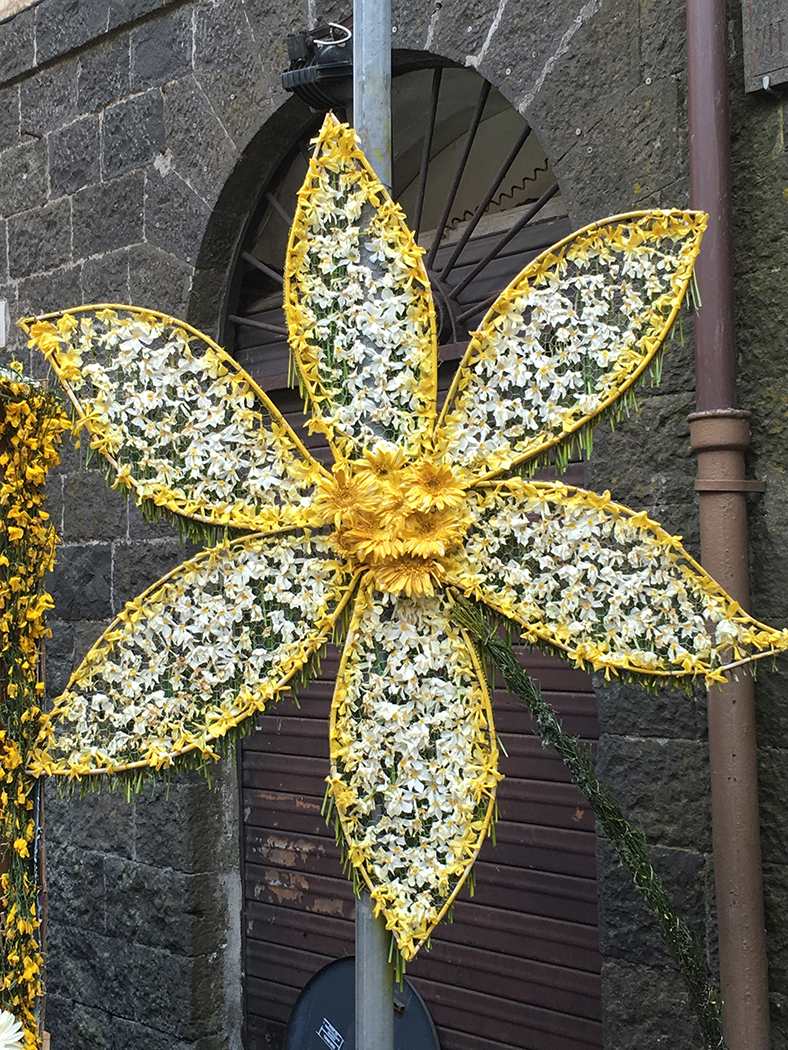
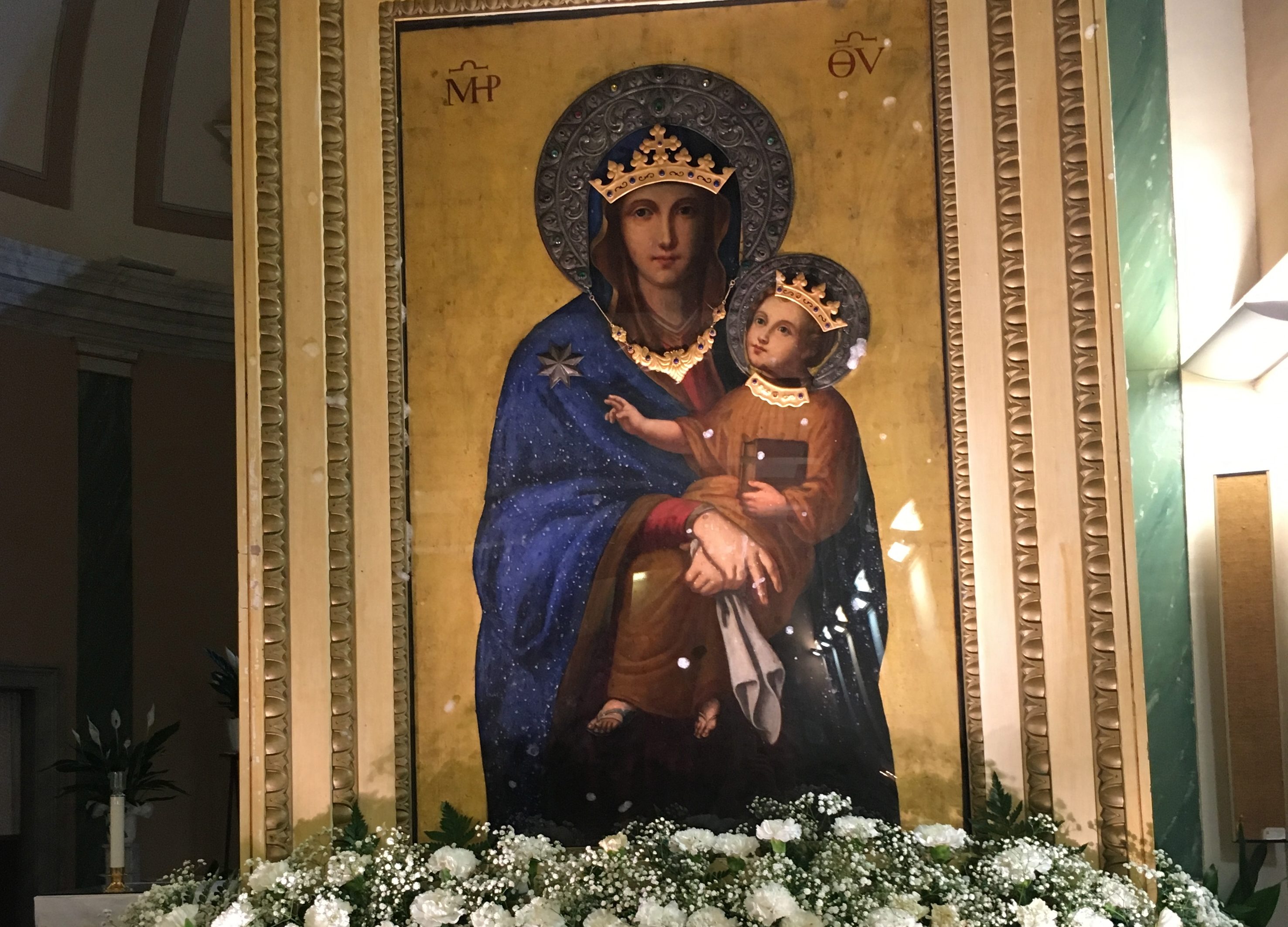

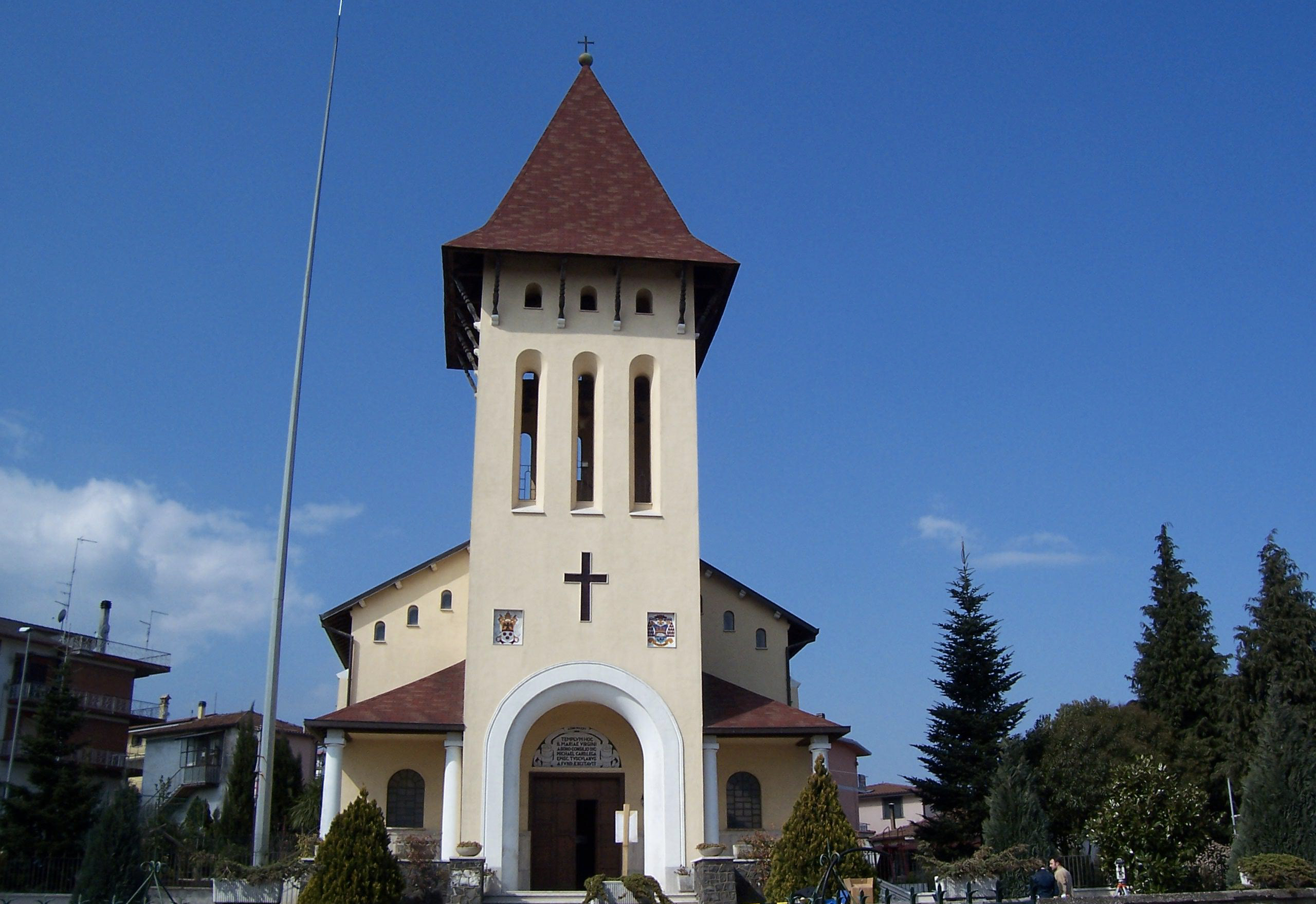

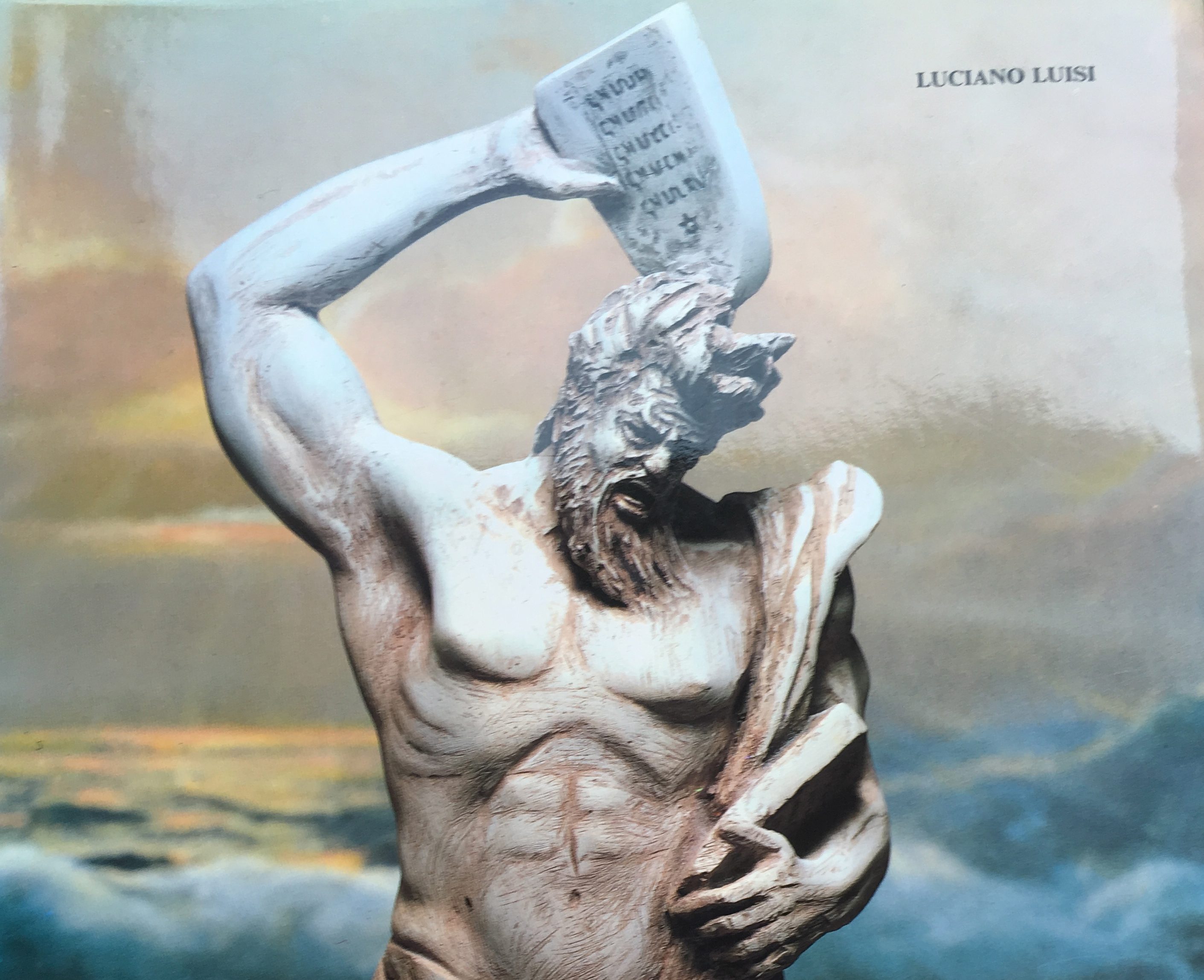
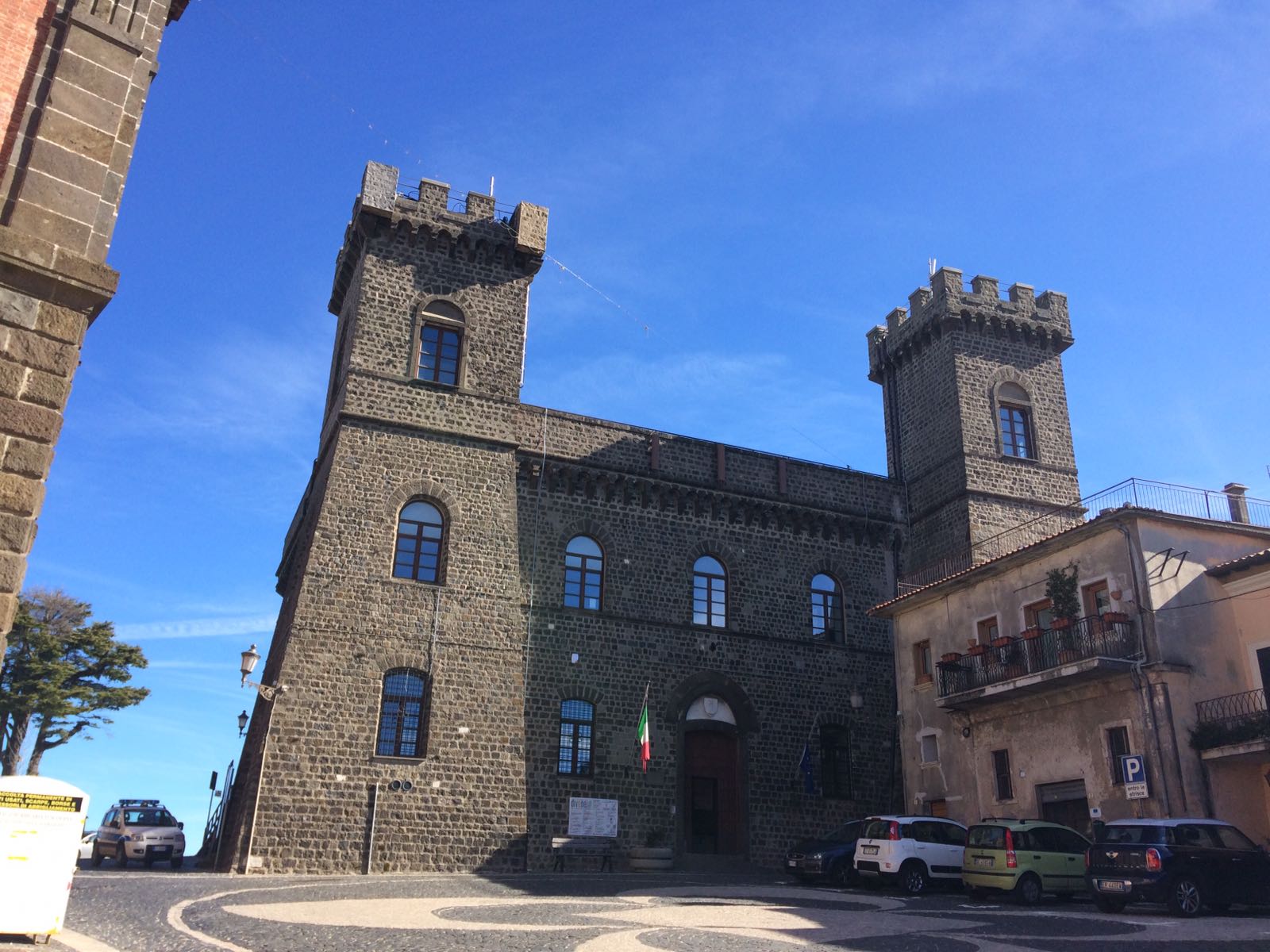
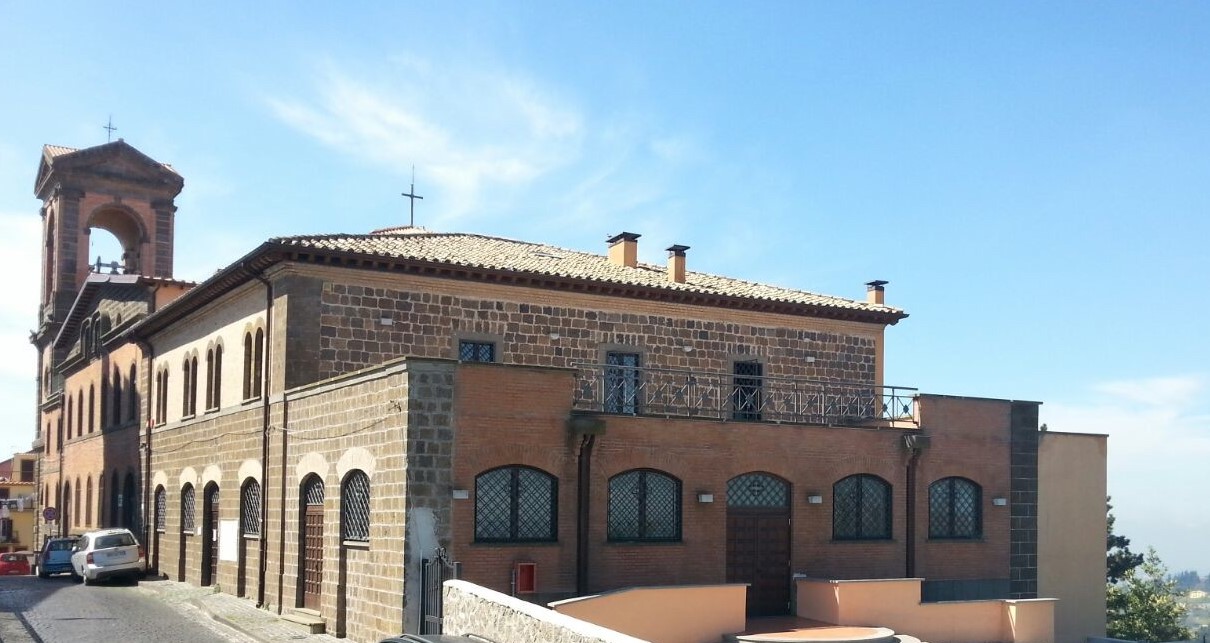
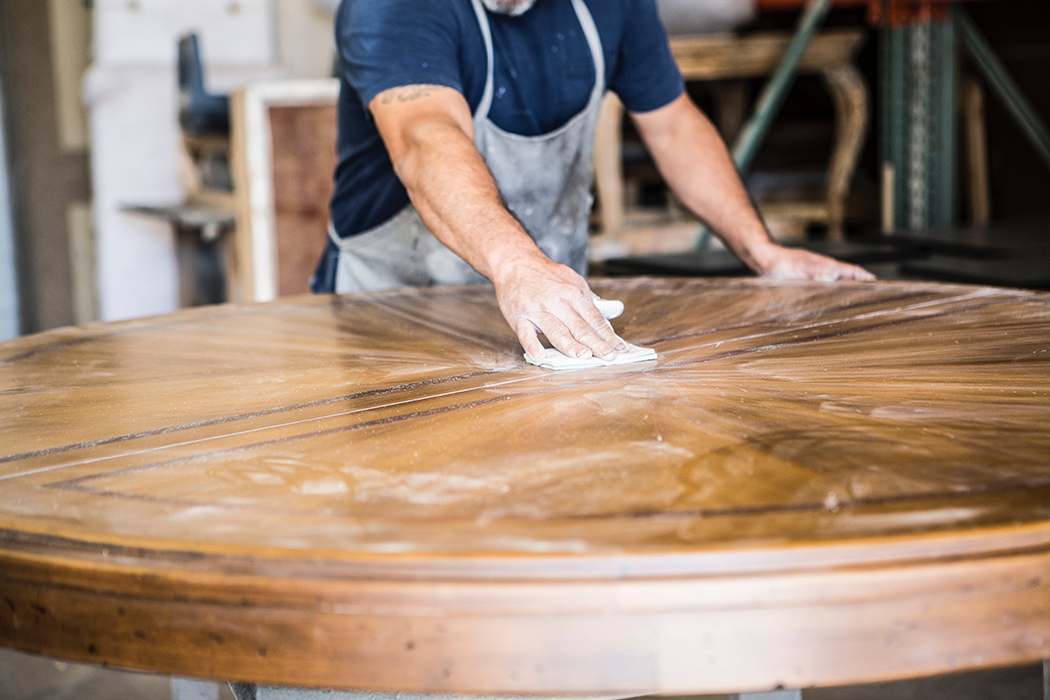
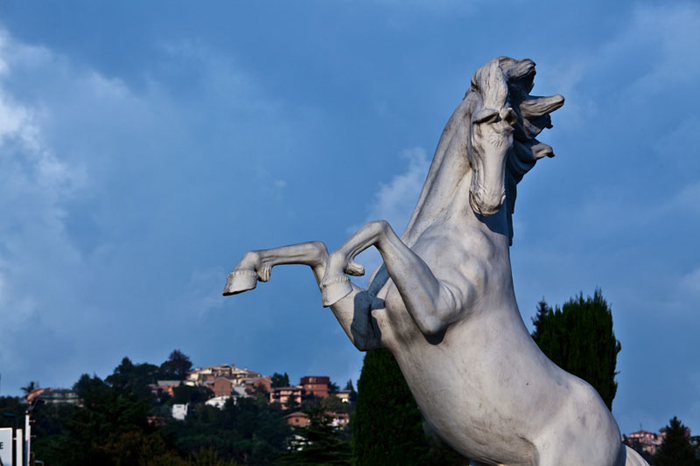
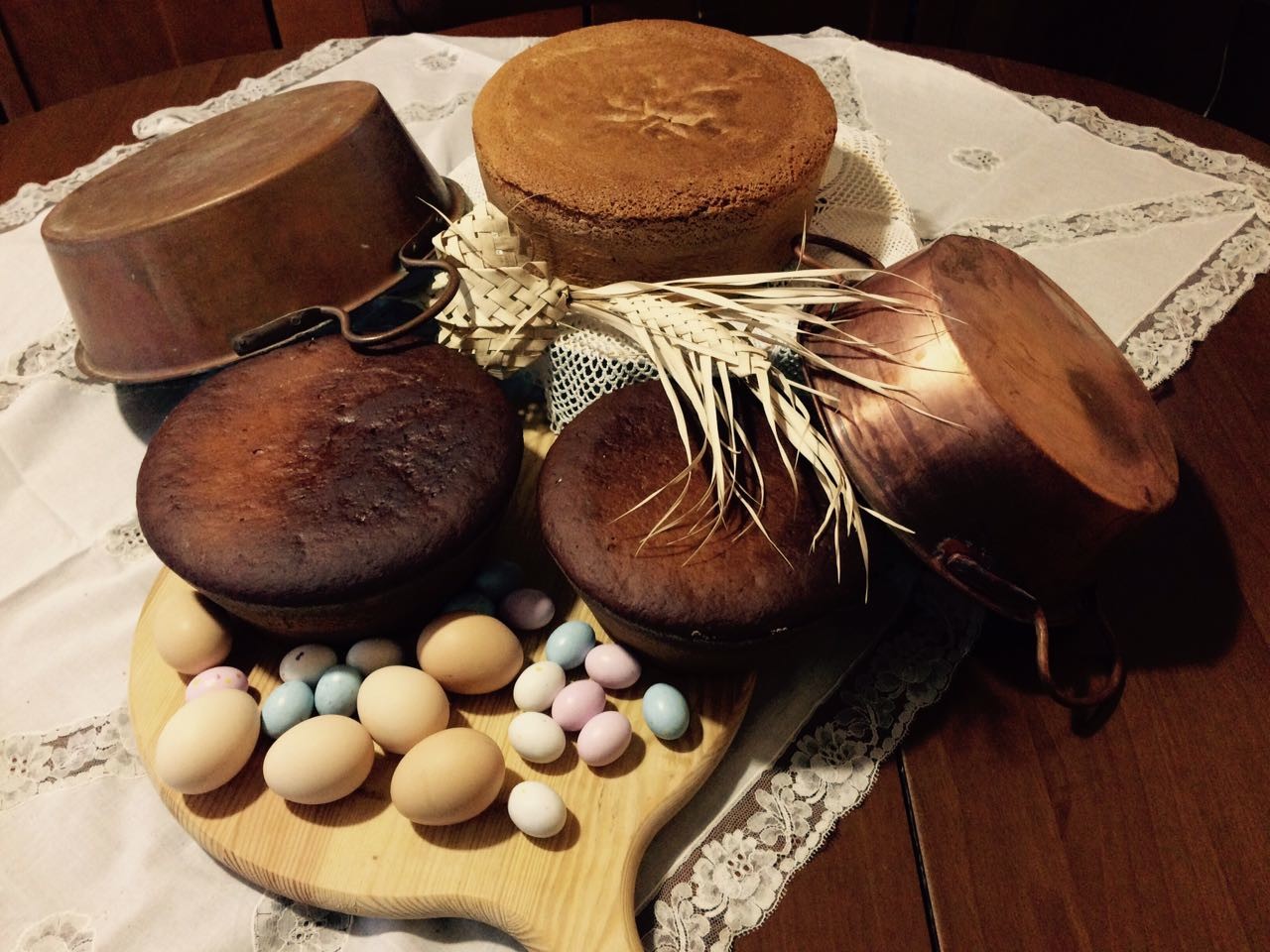

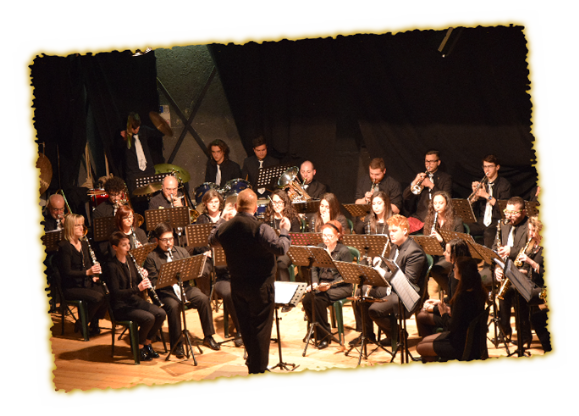
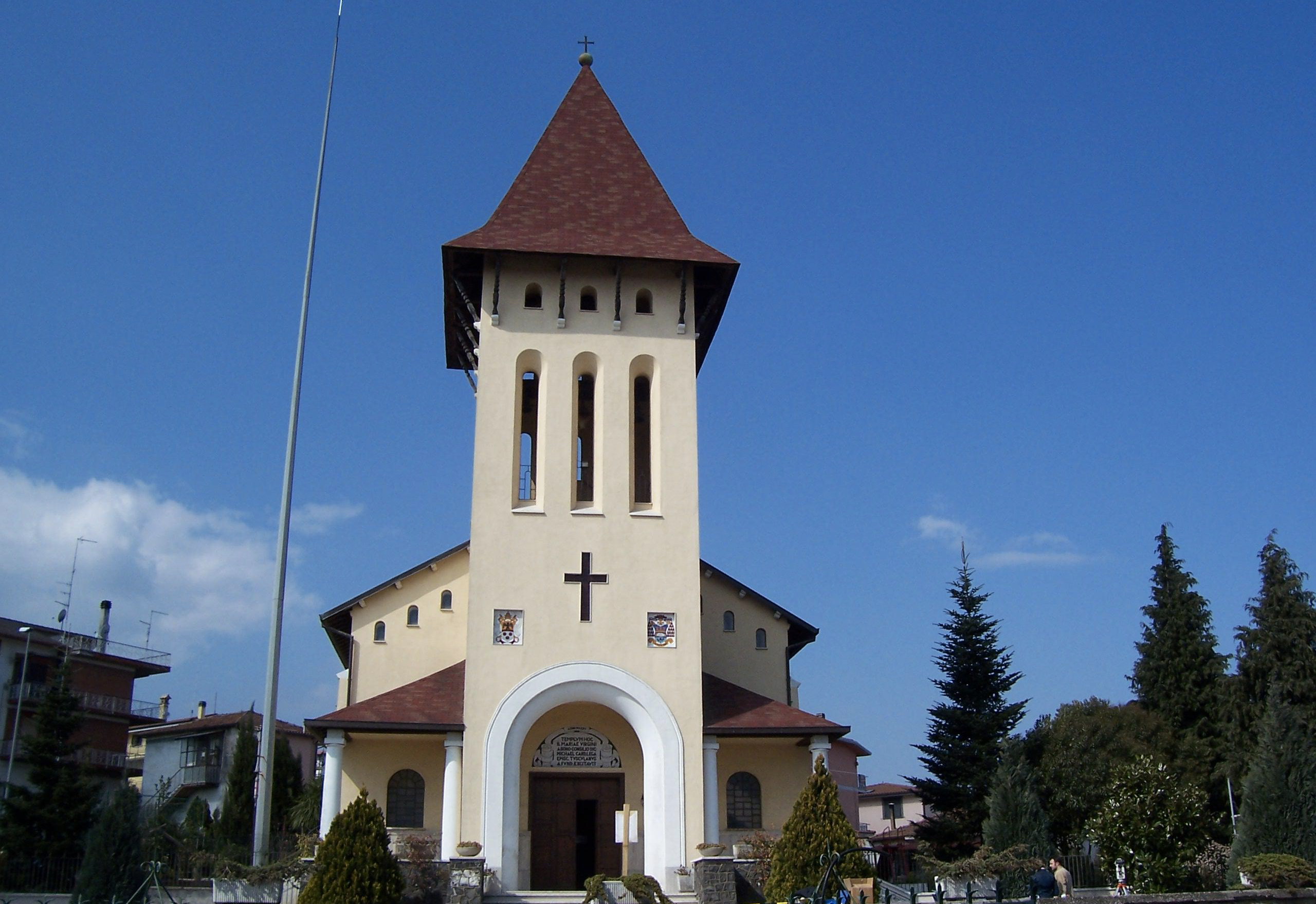
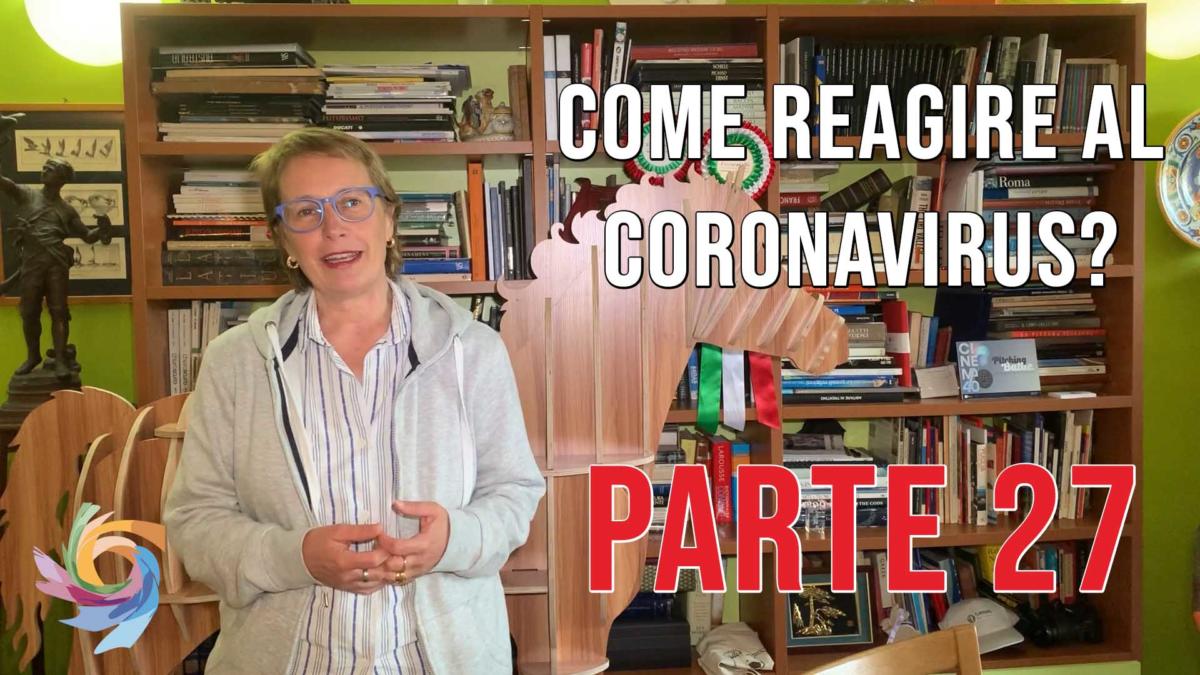

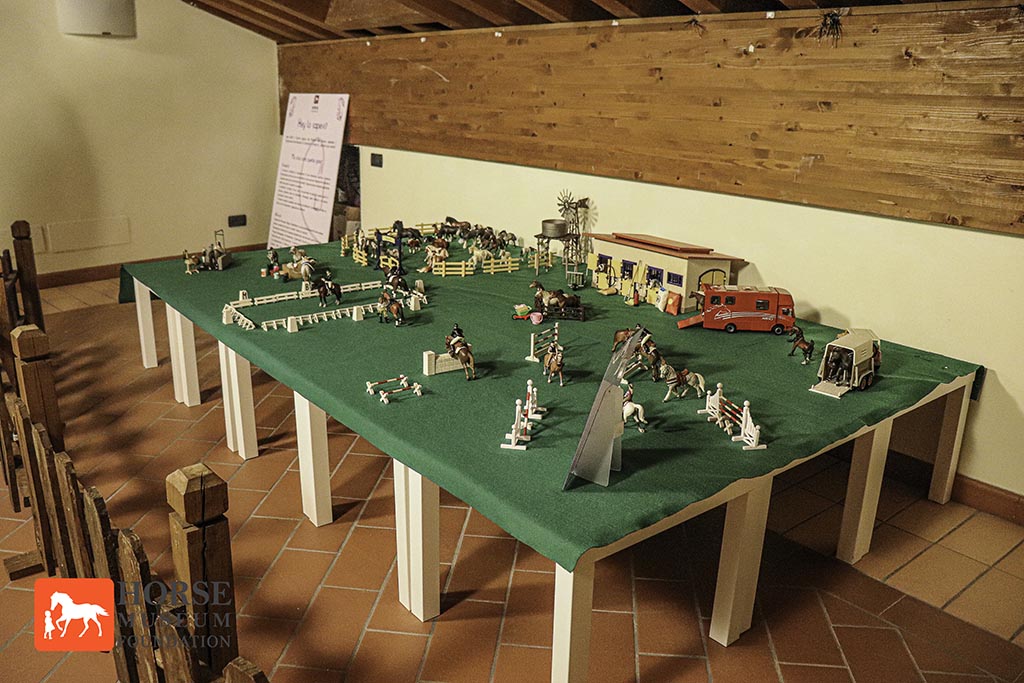





Follow us